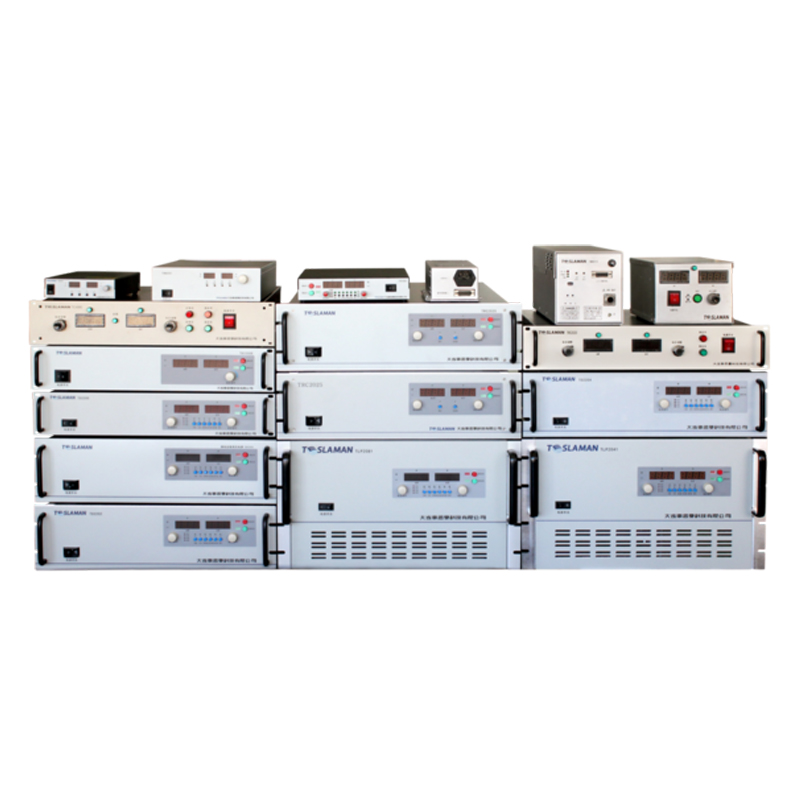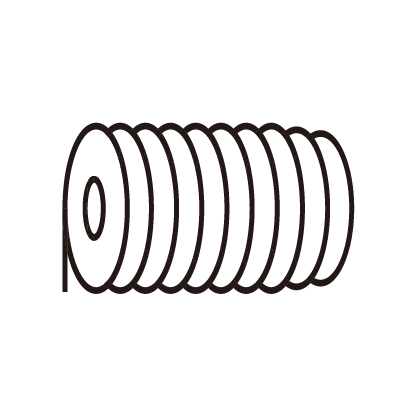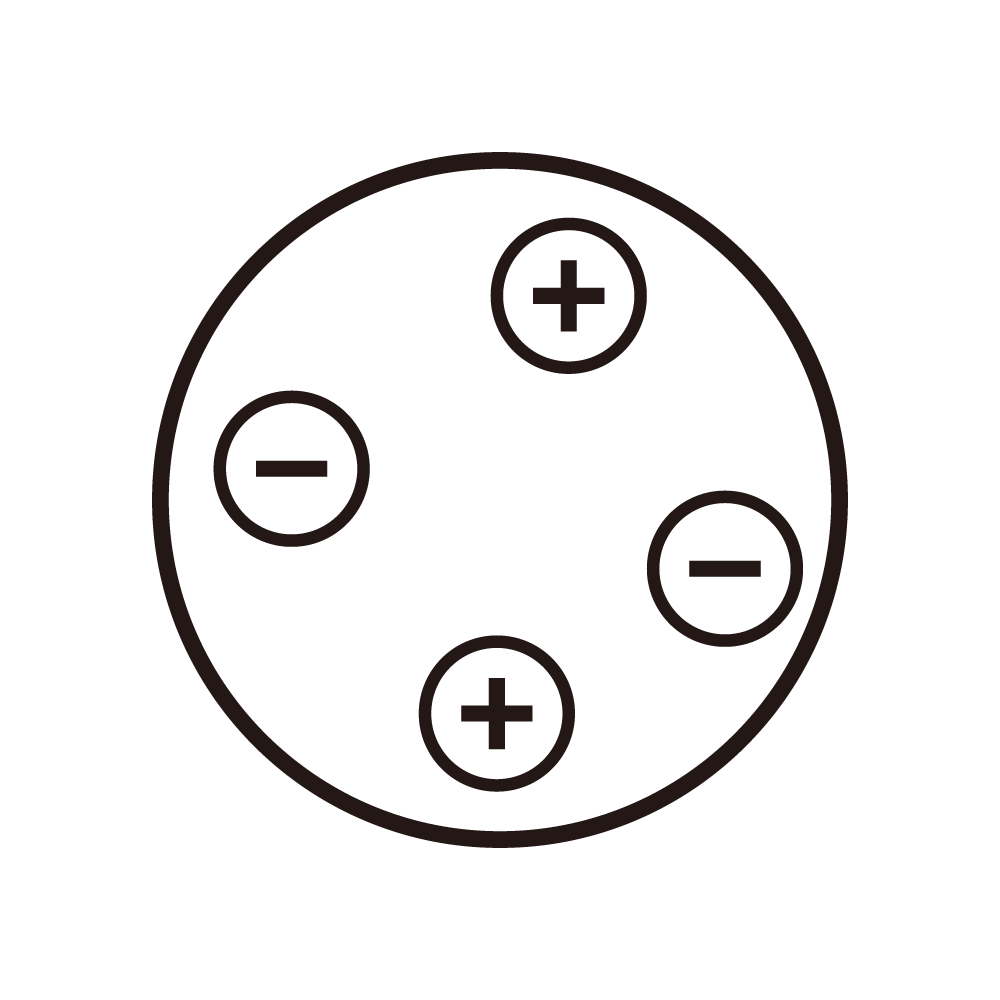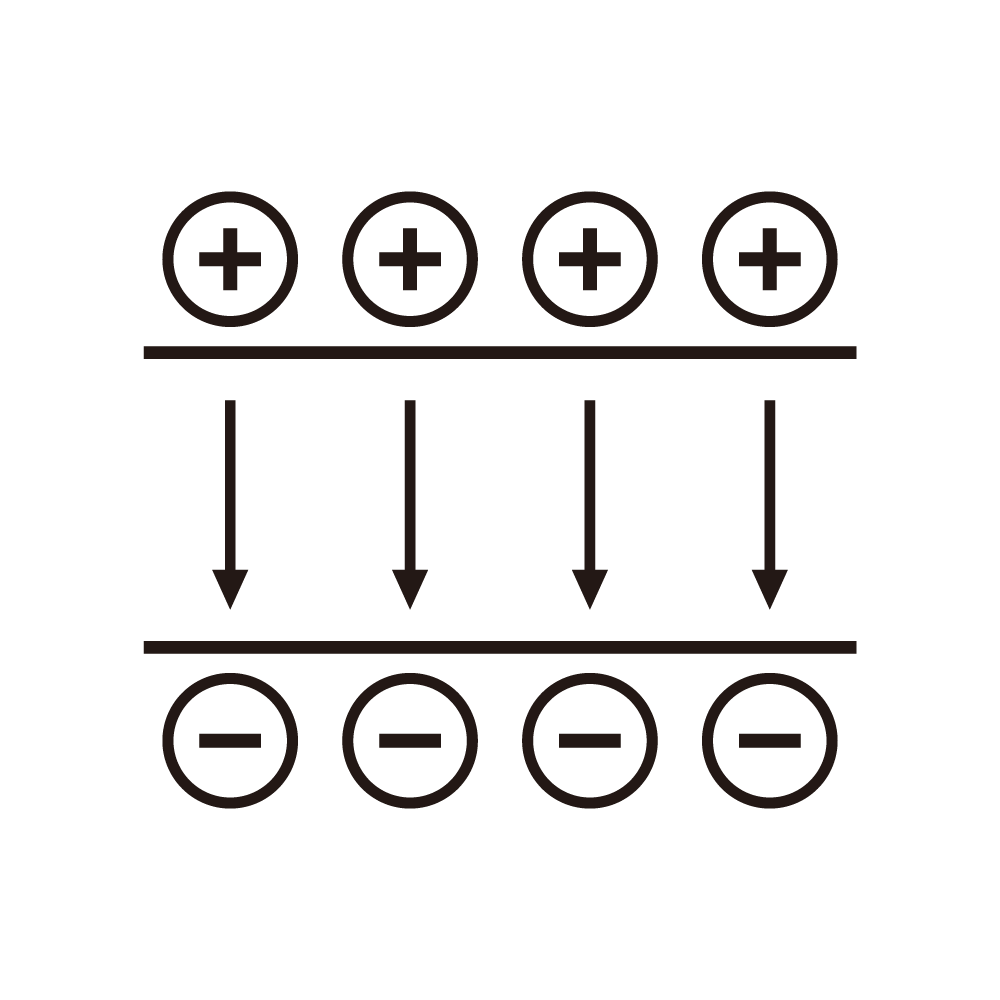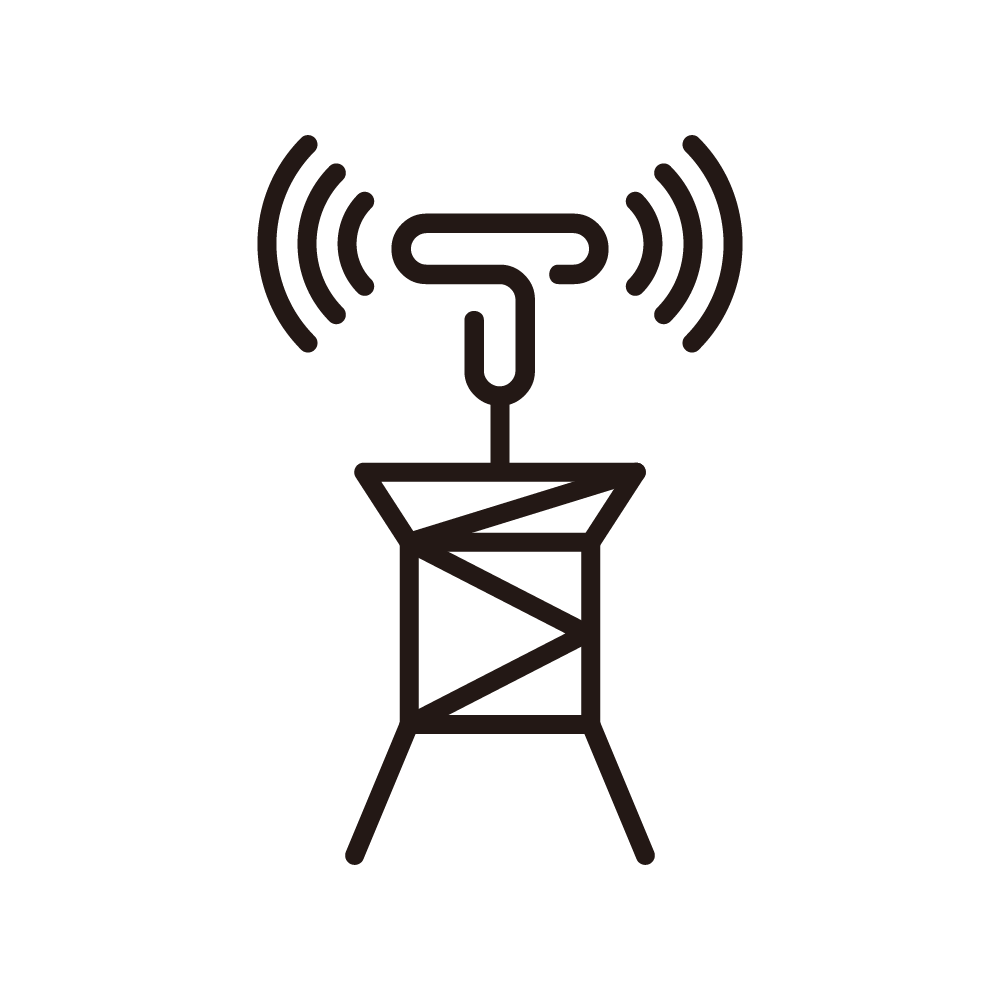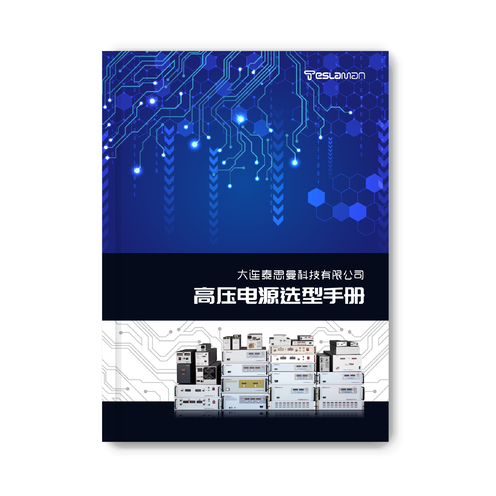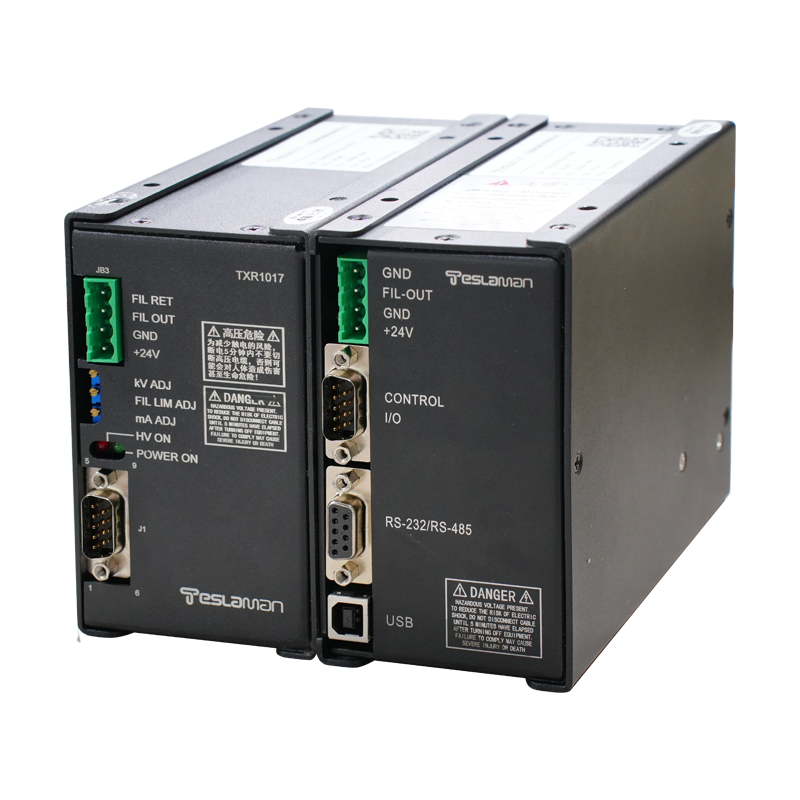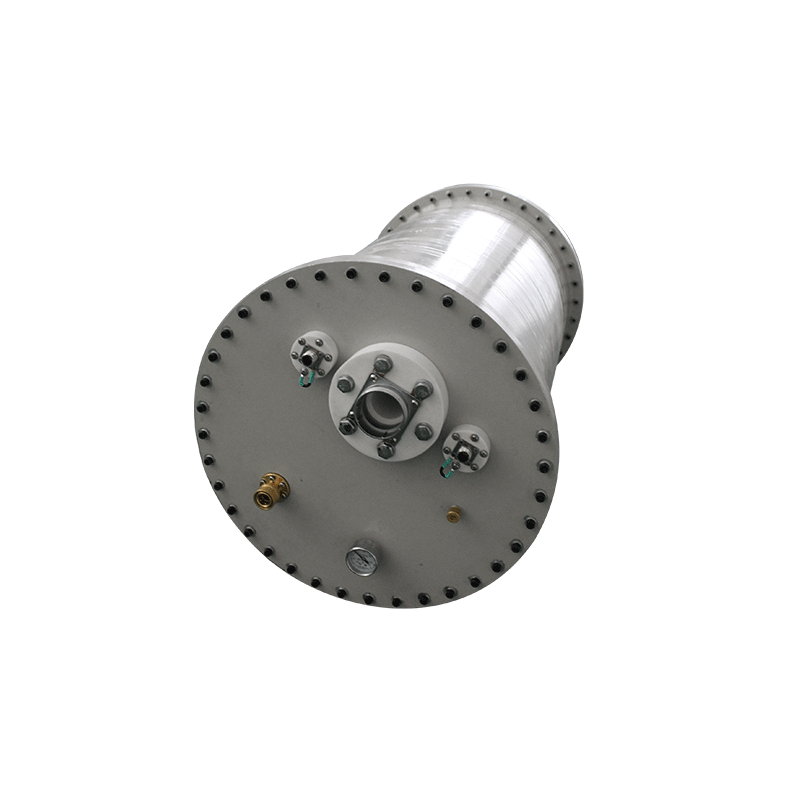Ripple Frequency Characteristics of Low-Ripple High-Voltage Power Supplies
In numerous electronic devices and scientific research instruments, low-ripple high-voltage power supplies are being increasingly widely used. The quality of their performance directly determines the stability and accuracy of the system. The ripple frequency characteristics, as a crucial indicator, have a profound impact on the overall performance of the power supply.
The ripple in a low-ripple high-voltage power supply is essentially an AC component superimposed on the DC output voltage. The ripple frequency characteristics describe the distribution pattern of these AC components in different frequency bands. The generation of ripple mainly stems from the operation of switching elements within the power supply. When the switching elements turn on and off periodically, the current and voltage change rapidly, generating harmonic components of different frequencies, which constitute the ripple of the power supply output.
The ripple frequency characteristics have a significant impact on the performance of low-ripple high-voltage power supplies. In the low-frequency band, the ripple may cause slow fluctuations in the power supply output voltage. For devices with extremely high requirements for voltage stability, this may lead to unstable working conditions. For example, in some high-precision electron microscopes, low-frequency ripple may deteriorate the focusing effect of the electron beam, thus affecting the imaging quality. In the high-frequency band, excessive ripple frequency may generate electromagnetic interference, which not only affects the normal operation of the power supply itself but also may interfere with other surrounding electronic devices. For instance, in a communication system, high-frequency ripple may interfere with signal transmission and reception, reducing the communication quality.
A deep understanding of the ripple frequency characteristics is conducive to optimizing the design of low-ripple high-voltage power supplies. By reasonably selecting the topology of the power supply, the frequency distribution of the ripple can be effectively changed. For example, the use of a multilevel converter topology can increase the ripple frequency to a higher frequency band, making the ripple easier to filter out through the filter circuit. At the same time, optimizing the control strategy can also have a positive effect on the ripple frequency characteristics. Advanced pulse width modulation (PWM) technology can precisely control the on and off times of the switching elements, thereby adjusting the frequency and amplitude of the ripple.
In addition, the design of the filter circuit is closely related to the ripple frequency characteristics. For ripples in different frequency bands, appropriate filter components need to be selected. For low-frequency ripples, large-capacity electrolytic capacitors are more effective; for high-frequency ripples, high-frequency filter circuits composed of ceramic capacitors or inductors and other components are required. Through careful design of the filter circuit, the ripple can be suppressed in a targeted manner in different frequency bands, thereby reducing the ripple coefficient of the power supply output.
In conclusion, the ripple frequency characteristics of low-ripple high-voltage power supplies are a complex and crucial research field. From the generation mechanism of the ripple to its impact on the power supply performance, and then to using the ripple frequency characteristics to optimize the power supply design, each link requires in-depth research and precise control. Only by fully grasping the ripple frequency characteristics can a low-ripple high-voltage power supply with more excellent performance be designed to meet the growing needs of high-precision electronic devices and scientific research instruments.
